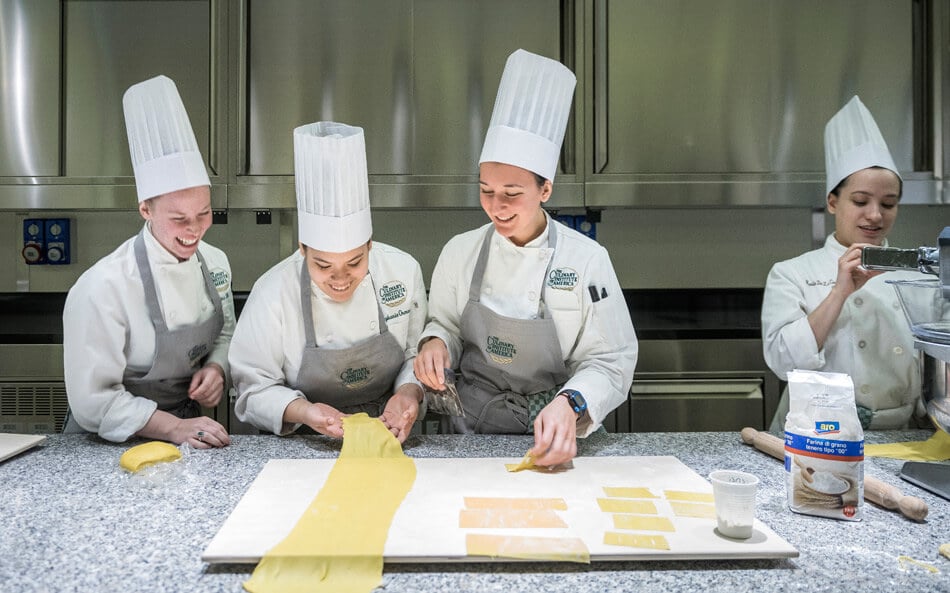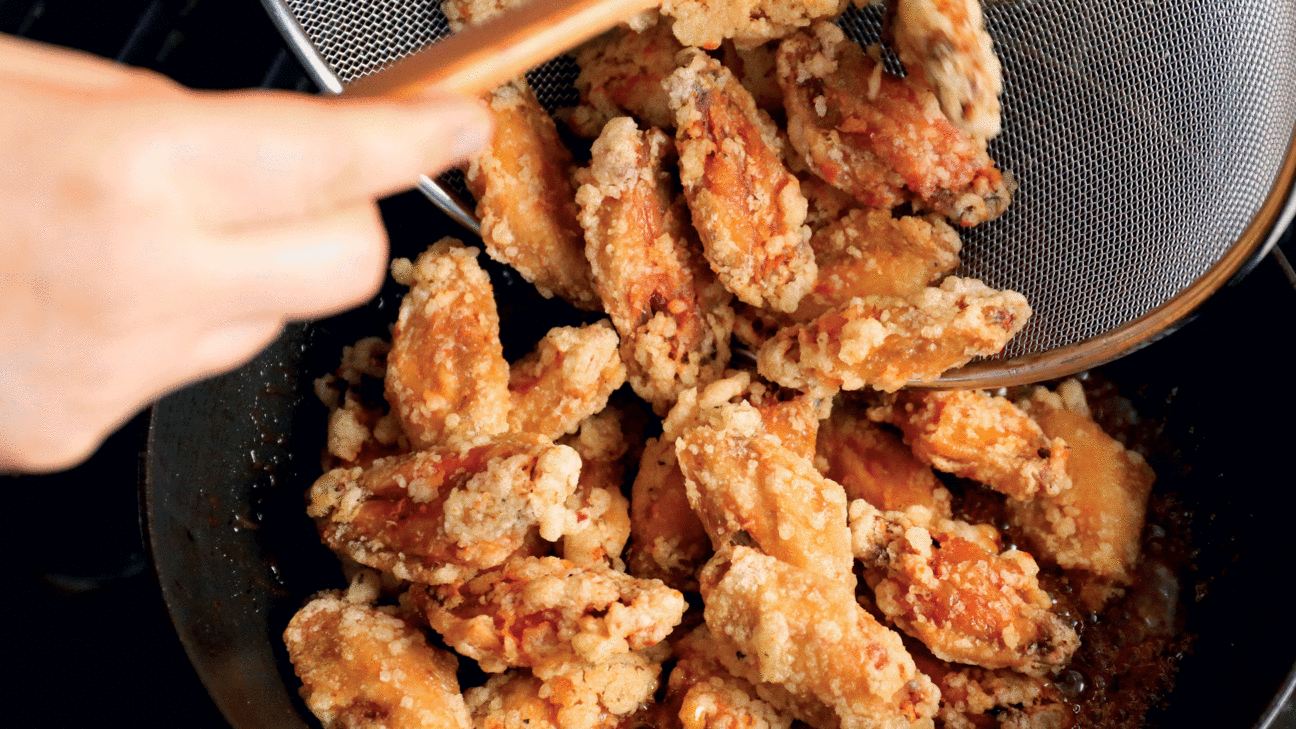
You need to understand the causes of warping in your cast iron skillet. These are Thermal expansion (Sharp flash), and reseasoning. This article will help you avoid these problems. Here are some easy ways to avoid warping your skillet. Here are some common causes. You may also want to read this article on Sharp flash or Re-seasoning.
Thermo expansion
Cast iron is vulnerable to warping due to sudden temperature changes. The center of the cast iron expands when the temperature changes quickly, whereas the outer layer doesn't. Also, cast iron can warp and crack from sudden temperature changes such as being immersed in coldwater. Thermal shock is also known as this. You can prevent this from happening by heating your cast iron pan properly before you use it.
It is best to allow your meat to cool down before you heat it. This will reduce the temperature difference between the meat and the saucepan. The mismatch of pan sizes is another reason for warping. You can also warp large pans by placing them on small burners so that only the center of the pan comes in direct contact with heat. The central area will expand quicker than the rest.

Sharp flash
This problem is most likely to have occurred to cast iron cookware. The sudden temperature fluctuations can cause a sharp flash. The pan's hot center expands, while its cool center does not. This creates stress on the iron which causes it to warp. Fortunately, most flashes will be removed during the finish process. Some can be kept inside the handle. You should remember that flashing will not cause damage to cooking or handling.
Cast iron cookware can begin to warp when it is easy to detect by the shape of the pan. The bottom is the most obvious place. This is more common in long, flat castings. Look for curving shapes near the thickest portion of the wall. A warped pan can cause liquid to pool and uneven cooking. If you notice any of the above signs, place the pan flat on a surface. It's possible for the pan to be used on a gas stove burner, or in the oven if it is warped. The item's collectible worth will be reduced if it is damaged too severely.
Re-seasoning
Place a few ice cubes on your warped cast-iron skillet and run a little cold water over them. This will make it easy and quick to season the skillet. The ice will flatten the area and the water will cool it down. The temperature differences between the water temperature and the cast iron pan are what causes warping.

Re-seasoning cast-iron will ensure that your skillet will be strong and resistant to warping. This will prevent your pans rusting as they are less susceptible to rust than unseasoned cast iron. Preheat your pan to 200 degrees Fahrenheit. When the pan is heated, you'll see oil pooling in the low spots. When the oil has accumulated in the lower areas, heat the pan at 450°F for an hour. Once it is done, remove the skillet from the oven and coat with oil again. Bake the skillet for another hour at 450 degrees F.
FAQ
Where can I find high-quality kitchen equipment?
You can order high-quality kitchen appliances online. You can find all kinds of kitchen tools on a variety of websites. Before you purchase any kitchen equipment, ensure that you have read all reviews and rated it before buying. You can ask others who have the same items for their recommendations.
How can I learn more about cooking?
There are many cooking classes available all over the country. There are many schools that offer courses in pastry, baking, and wine tasting. A local community college, vocational school, or private institution can offer classes in cooking.
How Can I Get Hired As a Cook?
Through word-of-mouth, you can find a job to be a chef. People in your circle of friends might know about restaurants that need additional staff. Restaurants often post openings on websites and bulletin boards.
What skills are required to enter a culinary school?
A chef's job requires you to be able cook well under pressure and understand food safety regulations. Cooking classes can be taken at high schools and community colleges to learn the basics of cooking. After mastering the basics, you'll be able to apply for a job at a catering or restaurant.
Statistics
- The median pay for a chef or head cook is $53,380 per year or $25.66/hour, according to the U.S. Bureau of Labor Statistics (BLS). (learnhowtobecome.org)
- According to the BLS, chefs earn $58,740 a year. (learnhowtobecome.org)
- In the United States, the category is estimated at $23.2 billion annually and is growing faster than the market. (washingtonpost.com)
External Links
How To
How to make a perfect Omelette
Omelets are a favorite breakfast food of mine. But how do you make them perfectly? There are many recipes and methods I tried, but none worked. So today, I want to share some tips and tricks with you so you can make your own delicious and fluffy omelets every morning.
It is important to know that eggs can be temperamental when making omelets. The eggs must be fresh from an organic source and kept at room temperature until they are ready to be cooked. If you don't keep them cold enough, the whites won't form properly, and the yolks will break down too much and become runny. This will make your omelets appear strangely colored. It is best to use room-temperature eggs if you are going to cook them right away.
You might also try separating the egg before adding to the pan. It is important not to allow any white to mix with the yolk as this could lead to the omelet becoming curdled.
If you add the egg directly onto the stovetop, you might end up burning the bottom part of the egg, which would ruin the texture of your omelet. Instead, heat the egg in a microwave for 10 seconds and then place it in a pan. The microwave heat will cook the egg just right without making it too hot.
Let's now talk about mixing eggs. When you mix eggs together, you want to beat them well. To do this, grab the bowl of the mixer and turn it upside down. Next, shake the bowl vigorously. This way, the air inside the bowl gets whipped around and mixes the egg thoroughly.
Now comes the fun part: adding the milk to your mixture. Pour half the milk into the beaten egg mixture and then fold in the eggs. If you still see streaks of eggs, don't worry. These streaks will disappear once the omelet has been turned over.
After you have folded the eggs, heat the oil in a pan over medium heat. Once the oil has started to sizzle, turn the heat down to low. Once the oil begins to heat, add 1/4 cup butter and swirl the pan to coat it. Carefully open the pan's lid and add salt to the pan. The salt will help to prevent the omelet's sticking to the pan.
Once the omelet has formed, cover the pan again and wait for the top side to set completely. Flip the omelet with a spatula, or flip it upside down. Cook the other side for another minute or two. Take the omelet out of the pan and immediately serve.
This recipe works best using whole milk. Skimmed milk is also possible.